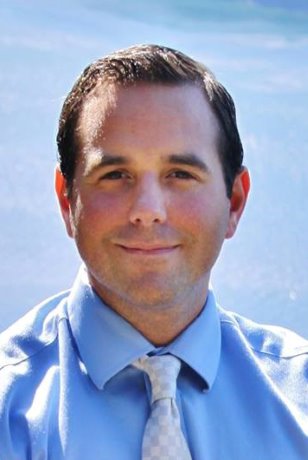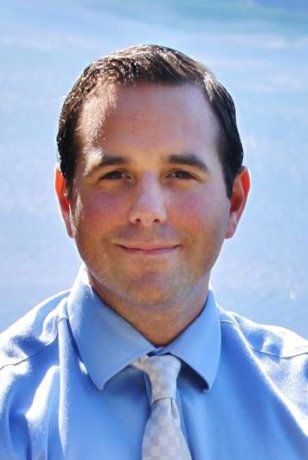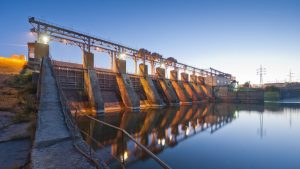When Prince Rupert Mayor Lee Brain graduated high school his first thought was to get out and never come back. In 2000 the small northern B.C. town got a lot smaller when its fishing and forestry industries collapsed, shrinking the population.
Lee attended Simon Fraser University from 2003 to 2009, focusing his studies in developmental psychology, sustainable community development and dialogue. But he returned and was elected mayor in 2014 with a mission to revitalize the port city of 14,000 by first tackling daunting infrastructure deficits.
"Enough of us being in the dumps, let’s go at it and get it done and get everybody involved," he said.
But his efforts highlight the dire infrastructure needs building across Canada and the heavy burden borne by smaller municipalities without the funds or influence afforded to major cities, he said.
With a $300 million deficit, Brain and his team began work on the Re:Build program to communicate infrastructure problems and priorities.
"It started when I got elected," said Brain of his Re:Build program. "This community needed a program in place to not only explain the dire situation but a mechanism to brand it and get the town to realize this is probably our most important item."
Re:Build is illustrating this with a series of videos and Brain says about a dozen are in the works.
The first video, released last month, tours the current state of the city’s water supply, comprised of a 100-year-old dam and supply line fed by Woodworth and Shawatlans lakes, located across the harbour from Seal Cove.
The first priority for the city is securing its water supply through a three-phased approach for a full replacement of the water supply infrastructure. The city has secured $4.4 million from the federal and provincial governments for the first phase, matched by $2.2 million from the city, supplied by the Prince Rupert Legacy Fund in order to alleviate the burden on taxpayers.
The waterworks project will cost approximately $17 million, with the city still looking for funding opportunities to finance the second and third phases of the project.
The first phase, which will begin within the next six months, is to fully replace the 100-year-old section of the water supply line, moving it underground for safety and building an access road to the dam, which is currently only accessible by hiking. The second phase will replace the dam and the third phase will replace the submarine lines that carry the water supply from the mainland under the harbour in Seal Cove to Prince Rupert, on Kaien Island.
This is just one urgent project that has Brain frustrated with the struggle of being a municipality. The city is also required to upgrade its sewage treatment by 2020.
Brain said this would not only involve building a treatment facility, but also ripping up every road in the city and twinning the pipes for sewage and storm water.
The project would cost roughly $150 million, which is money the community doesn’t have, Brain said, and missing the deadline could mean federal fines. Though Trudeau’s government is a vast improvement, promising 50 per cent of funding, it’s still out of reach, he added.
"We have basically been handcuffed with no money in the first place," Brain said. "There has been much more downloading on to the municipalities."
But Brain is hopeful Prince Rupert will be able to rise to the challenge without having to bleed residents with high taxes.
He plans to use the Re:Build videos as evidence for grant applications and he’s also banking on Prince Rupert’s strategic location as a port city to attract LNG and shipping investment that would inject immense amounts of money into the area.
Currently there are five proposed LNG projects, including Pacific NorthWest LNG, though Brain said based on the project timelines, the city would likely have to wait until 2022 to begin seeing those benefits.
There are also several massive port expansions planned for the city worth hundreds of millions of dollars.
"We have a very strategic advantage," Brain said, noting the city makes passage to Asia three days quicker than Vancouver, though many other municipalities of Prince Rupert’s size aren’t so lucky.
As Brain begins rebuilding the city’s infrastructure he is also going to establish funds that will grow over the decades to pay for repairs and replacements.
"Fifty years from now we will have money for that," Brain said. "We are not going to handcuff a future community."

Prince Rupert mayor Lee Brian is looking to improve his city's infrastructure.
Photo: City of Prince Rupert"










Recent Comments
comments for this post are closed